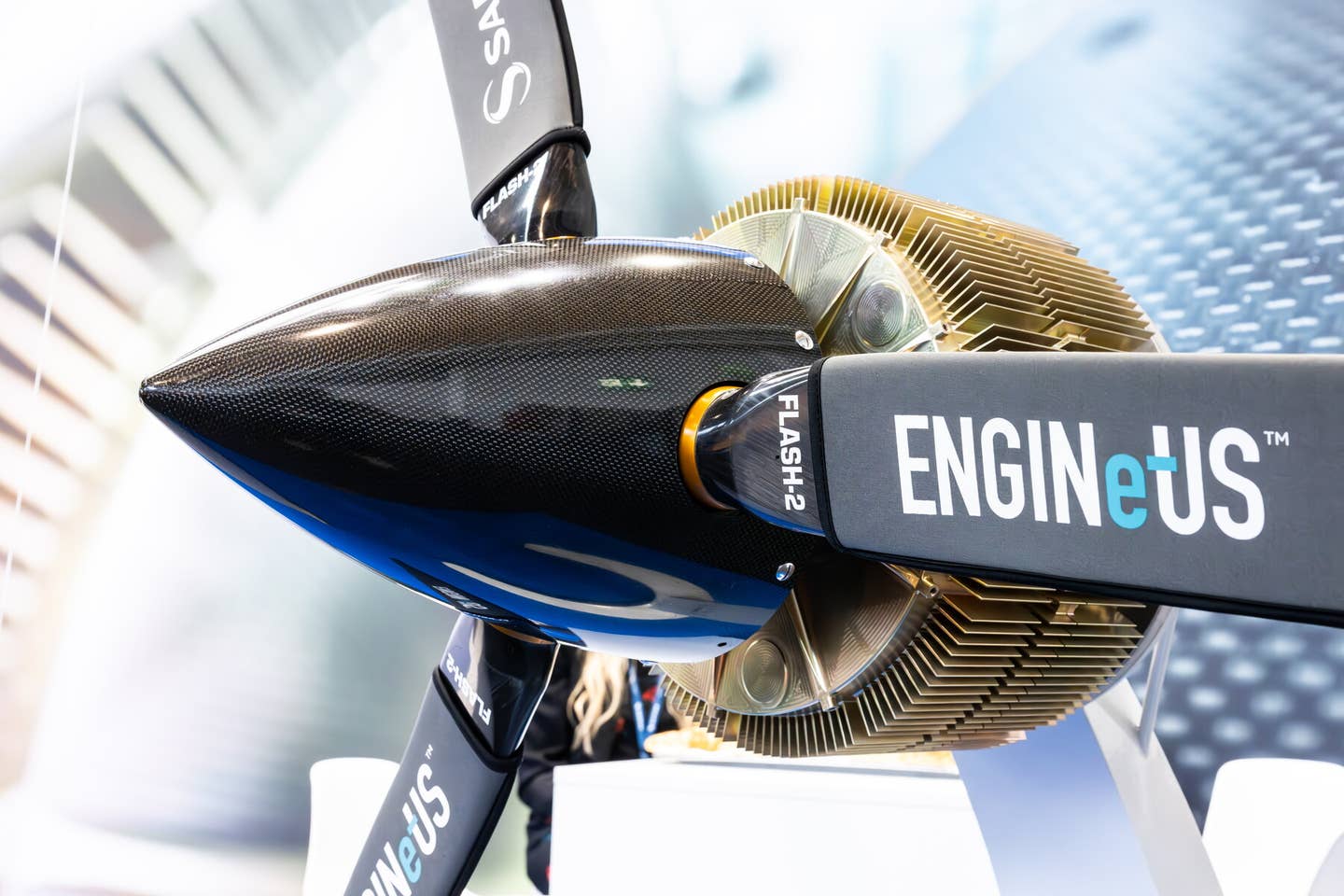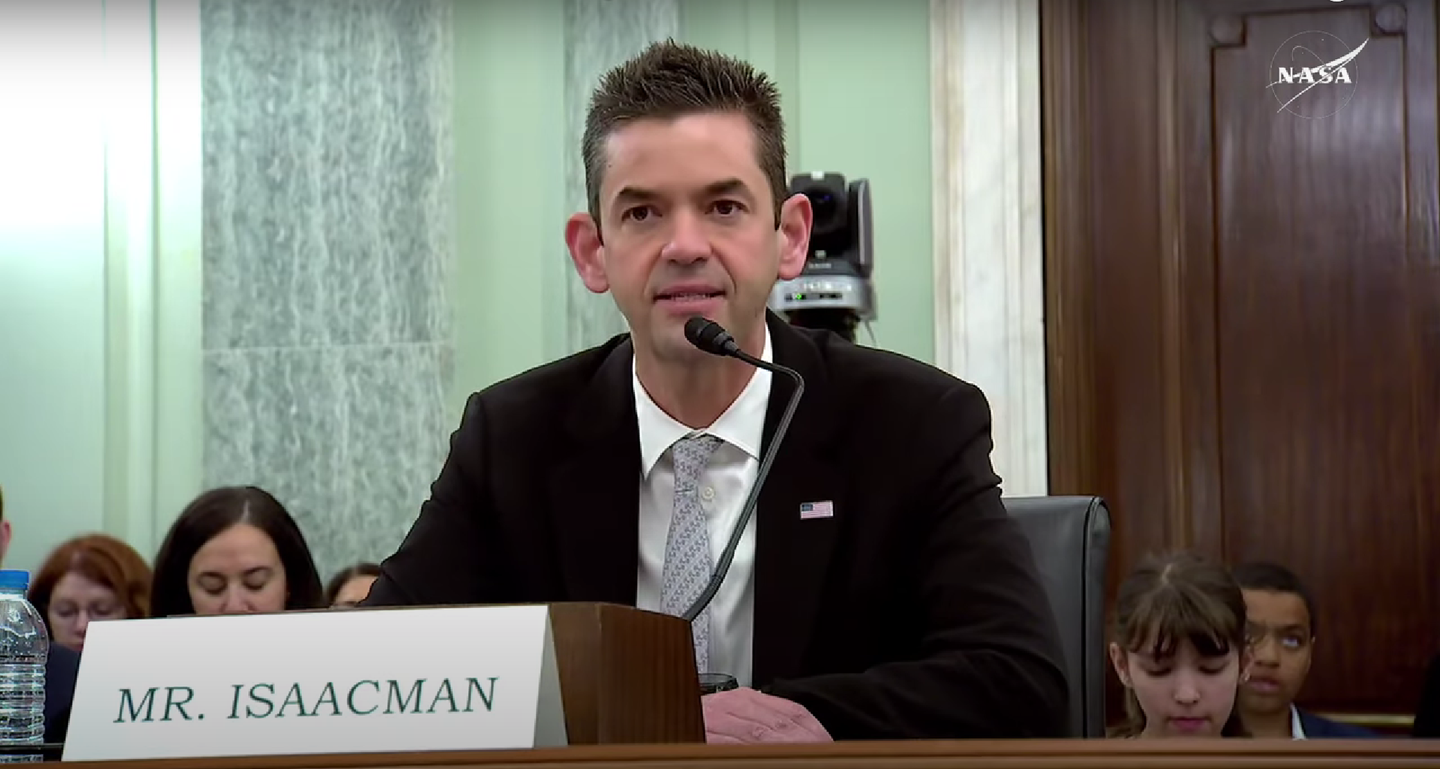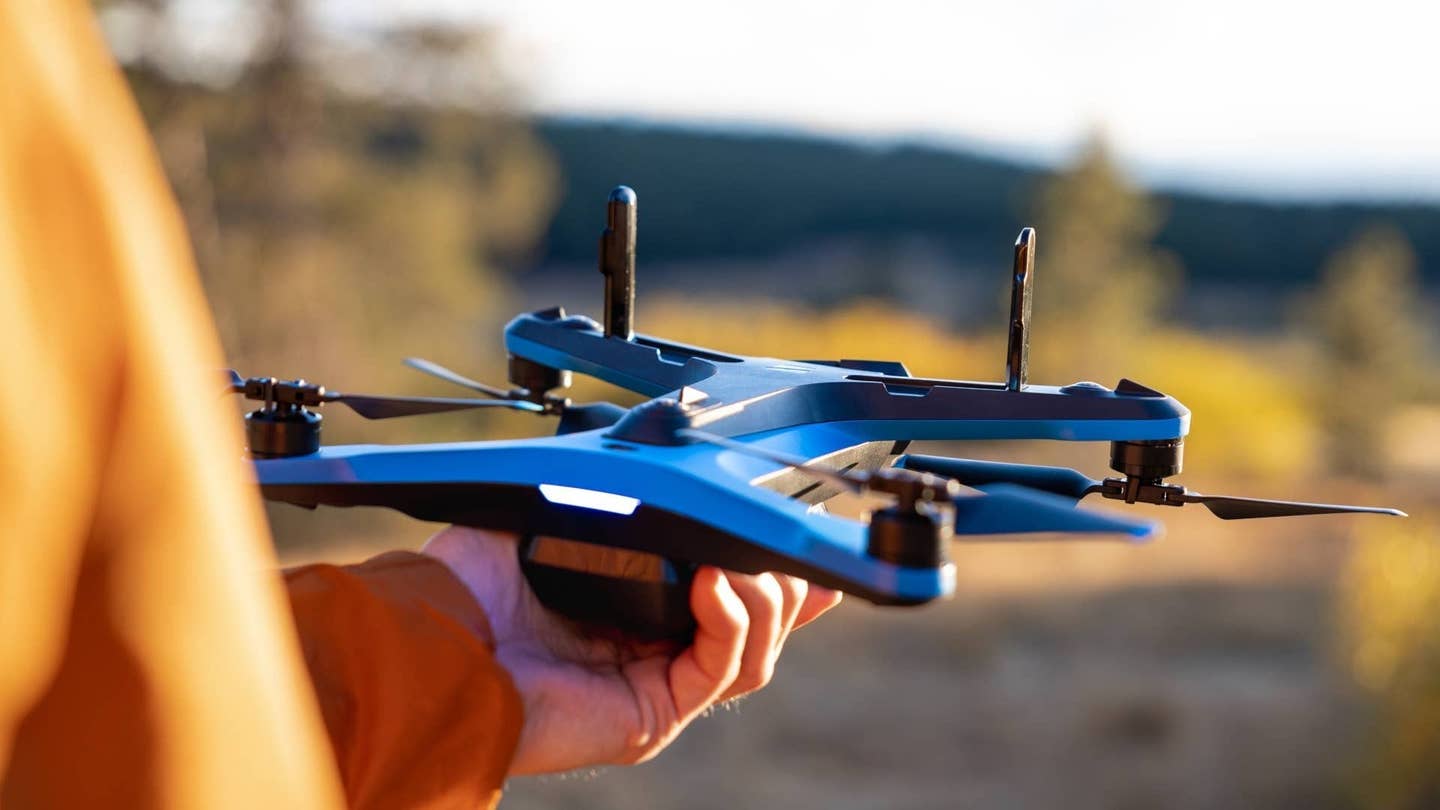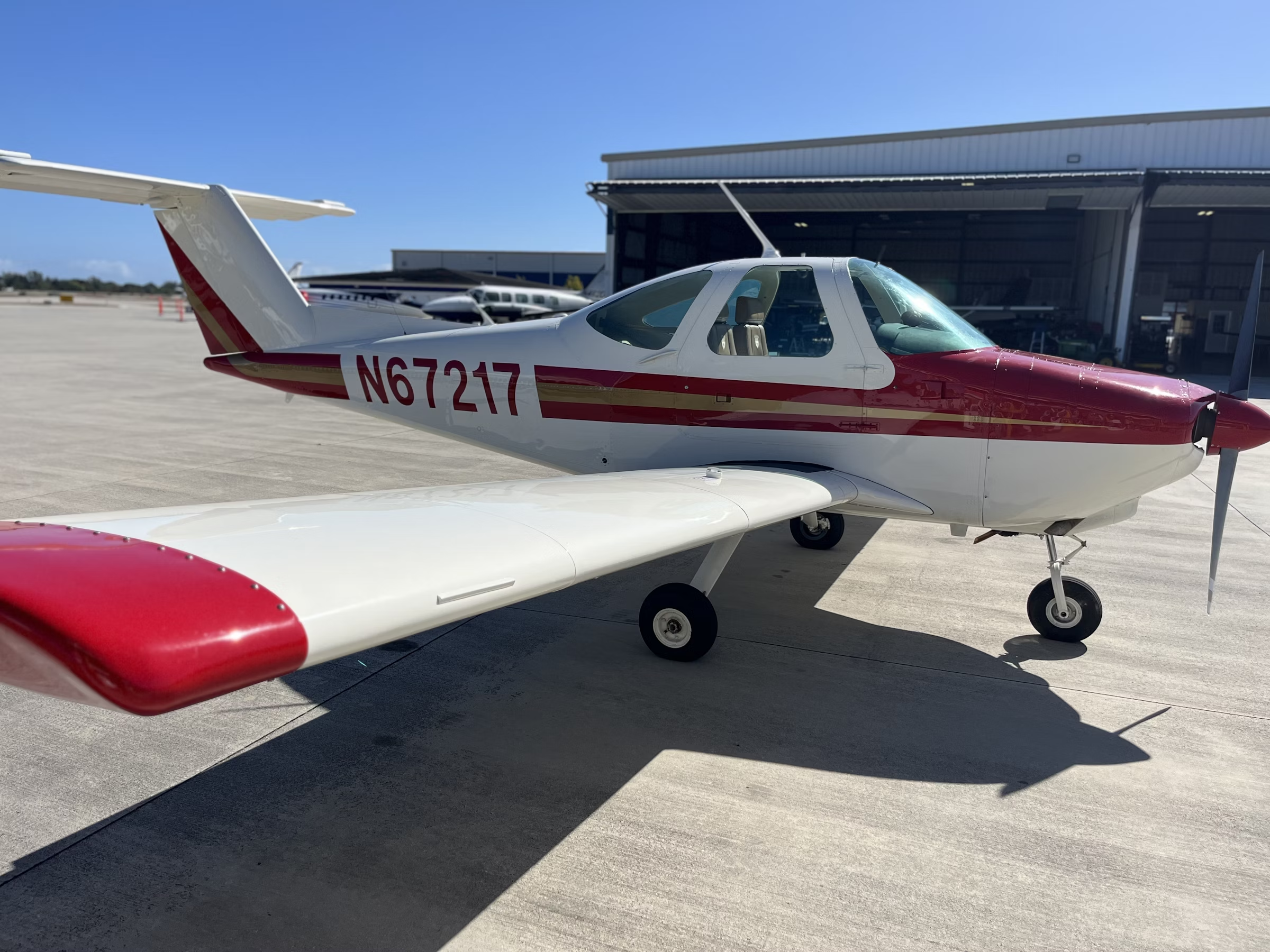Safran, EASA Certify First Airworthy Electric Motor
Manufacturer will first install electric motors for customer Diamond Aircraft’s two-seater before expanding it to larger models.

Safran’s ENGINeUS 100 electric motor is the first to achieve certification under EASA’s SC E-19. [Courtesy: Anthony Guerra/Safran]
Safran Electrical and Power, a unit of aerospace titan Safran, has achieved the world’s first type certification for an electric motor for civil aircraft.
Safran’s ENGINeUS 100 series on Monday became the first engine certified as airworthy under EASA’s special condition SC E-19, which according to EASA is the world’s only special condition for electric and hybrid propulsion systems. The regulator said the approval allows Safran to install electric engines on small aircraft, starting with Diamond Aircraft’s eDA40, before moving to larger models.
“By obtaining certification for the ENGINeUS 100 electric motor, Safran Electrical [and] Power has achieved a world first,” said Bruno Bellanger, CEO of Safran Electrical and Power.
Safran in a news release said ENGINeUS 100 systems can enable 100 percent electric power for small aircraft with two to four passengers or hybrid-electric propulsion for regional aircraft with as many as 19 passengers. The company added the motor could one day integrate with commercial jet engines to decarbonize flights with as many as 150 travelers.
A handful of advanced air mobility (AAM) manufacturers have already opted for the ENGINeUS series, such as Electra, which is developing a hybrid-electric ultra short model for nine passengers. Other customers include Diamond, VoltAero, CAE, and Bye Aerospace.
Safran said the engine has a maximum power output of 125 kilowatts and weight-to-power ratio of 5 kilowatts per kilogram. The manufacturer plans to churn out more than 1,000 electric motors per year, with the potential for more, out of four production lines it is building in the U.K. and France.
“This was a fascinating project for EASA, and the first test of our Special Condition designed for the certification of hybrid and all-electric propulsion,” said Rachel Daeschler, certification director of EASA.
The regulator in 2017 began fielding requests for type certification of electric designs like vertical takeoff and landing (VTOL) aircraft. But electric engines did not fit within its specifications, which were developed decades ago for conventional motors. It published SC E-19 in 2021 to fill the gap and ensure safety through performance-based requirements.
Proving that the ENGINeUS 100 complied with those regulations was tricky. Certain design features, such as the direct integration of power and control electronics on the motor, forced EASA to get creative in its evaluations of topics like fire risk.
“In contrast to a combustion engine for which the risk of fire arises from the ignition of flammable fluids, in an electric engine, that risk comes from the use of high voltage and electrical arcing,” said Régis Rossotto, EASA project manager for ENGINeUS 100 certification. “A worst-case scenario was defined and tested, and mitigations were put in place to allow a pilot to land safely if such a scenario arose.”
During testing, the motor racked up more than 100 flight hours on prototype aircraft. The certification process took less than two years, which EASA said is in line with the time needed to certify a rotorcraft turboshaft engine.
The regulator said the ENGINeUS project will help it refine the certification process for new propulsion systems and provide guidance to manufacturers.
Back in 2020, it issued the first type certification for an electric model, Pipistrel’s Velis Electro, as well as its E-811 electric engine. Though the model was certified as a light sport aeroplane, it helped EASA develop SC E-11. The hope is that ENGINeUS certification can similarly move the industry closer to takeoff.
Like this story? We think you'll also like the Future of FLYING newsletter sent every Thursday afternoon. Sign up now.

Sign-up for newsletters & special offers!
Get the latest FLYING stories & special offers delivered directly to your inbox






